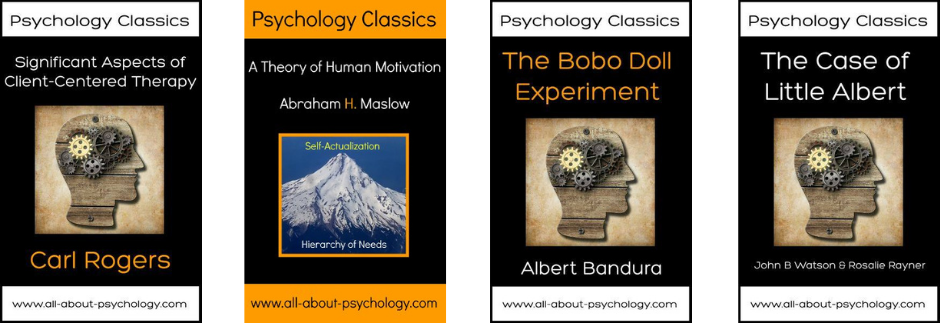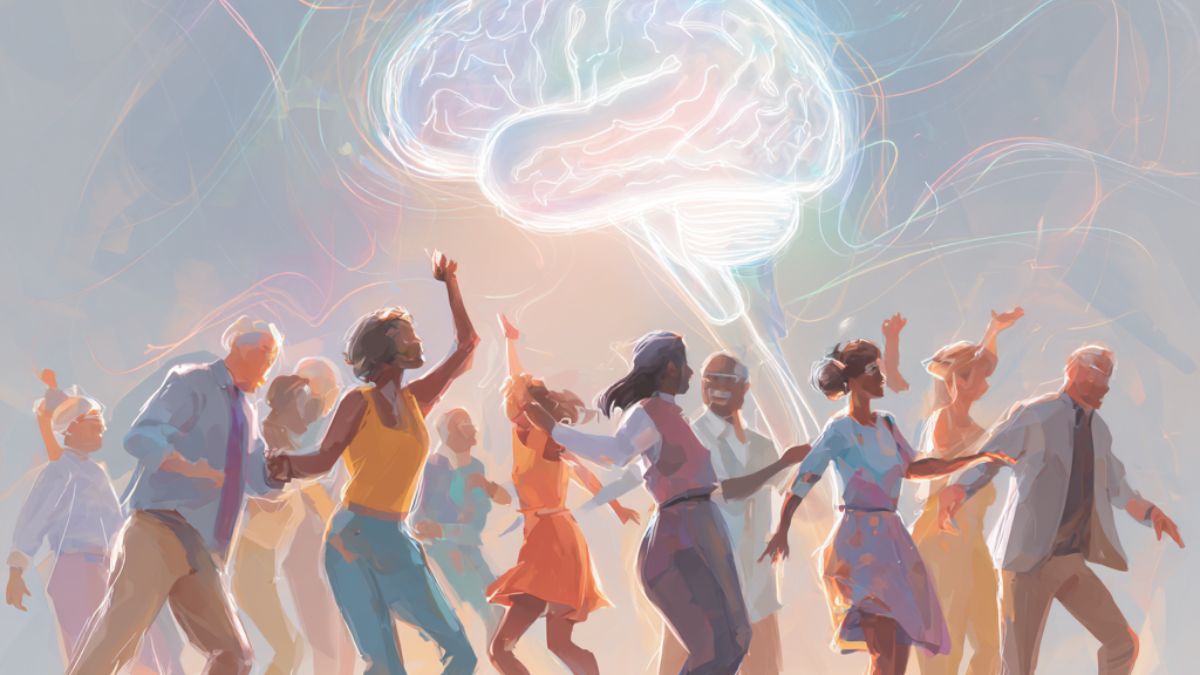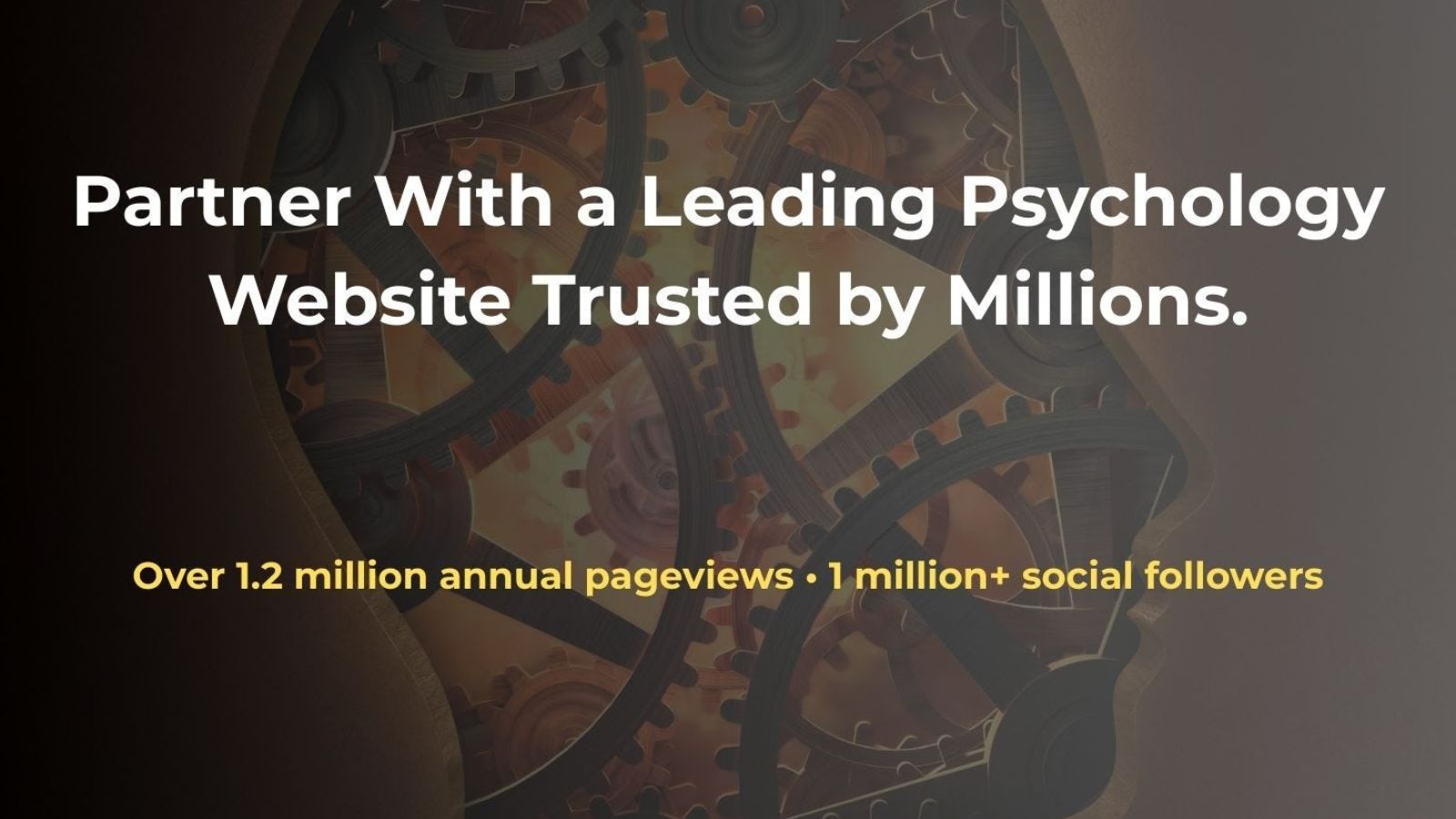Psychology Classics On Amazon

The Psychology of Dance

David Webb (Founder and Editor of All-About-Psychology.com)
Why Do We Dance?
Have you ever noticed how your body starts to move before your mind decides to? A foot tapping to a beat of the music. A head nodding on the train. A child spinning to a tune only they can hear. Long before we could speak, humans were dancing, and we still do, instinctively, across every culture, age, and ability. But why? What drives this universal urge to move to rhythm? And what happens inside us, psychologically, neurologically, and emotionally, when we do? Far from being a frivolous pastime, science continues to demonstrate that dance is one of the most powerful ways to enhance both mind and body. It lifts mood, sharpens thinking, strengthens memory, builds social connection, and even protects the brain from decline. In fact, research suggests that dancing may be the single most effective leisure activity for reducing the risk of dementia. This article explores what happens when we dance, how movement to music changes the brain, shapes emotion, communicates without words, and heals in ways that talking sometimes cannot. Whether it is a waltz, a wiggle, or a simple shuffle in the kitchen, dance turns out to be one of psychology’s most joyful prescriptions. You should be dancing, yeah!
Communication Without Words
Before we learn to speak, we learn to move. A baby swaying in rhythm to a lullaby or raising its arms to be picked up is already communicating through motion. Dance extends that language across a lifetime. Psychologists describe dance as a form of embodied communication. Movement conveys emotion and intention in ways that words cannot. A sharp gesture might express anger, while a flowing motion can signal tenderness or calm. Remarkably, these signals are often understood across cultures. In one study, both American and Indian viewers correctly identified emotions expressed in classical Indian dance, showing that movement taps into a universal emotional vocabulary. When we watch others dance, our mirror neurons fire as if we were moving ourselves. This shared neural activity helps us empathize with what we see and literally feel the movement of another person. Dancing together deepens that empathy. Moving in sync with others releases oxytocin and endorphins, promoting trust and social bonding. The rhythm links us, allowing emotion to pass between bodies without a single word being spoken. At its heart, dance is both message and medium, a reminder that connection often begins in shared movement rather than shared language.
The Emotional and Psychological Benefits of Dance
Few activities can lift mood as quickly as dancing. Whether it is a slow sway in the kitchen or an energetic burst on a dance floor, moving to music activates the brain’s emotional and reward systems. When we dance, the body releases serotonin, dopamine, and endorphins, chemicals that elevate mood, reduce stress, and promote a sense of vitality. At the same time, levels of cortisol, the stress hormone, fall. This combination explains why dancing often leaves people feeling lighter and more relaxed. These effects are not just fleeting. Studies show that regular dancing lowers rates of depression and anxiety, improves self-esteem, and fosters a sense of purpose and belonging. Many dancers describe entering a flow state, a period of complete absorption where self-consciousness fades and the mind is fully engaged in rhythm and movement. Psychologists link this to a temporary quieting of the brain’s self-critical regions, which helps explain why dancing can feel so freeing.
Dance can also be used to communicate, love, loss, pride, and solidarity. Few examples capture this more powerfully than the Haka “Tau Ka Tau,” a traditional Māori performance that embodies strength and shared emotion. In this heart breaking case, it was performed by family and friends at the funeral of 17-year-old Jarom Rihari.
Dance Therapy: Healing Through Movement
Dance Movement Psychotherapy (DMP) treats the body and mind as one. It is not about learning choreography or performing but about exploring emotion and finding new ways to express and regulate it through movement. A typical session might begin with grounding and breath, followed by gentle movement guided by a therapist. Participants are encouraged to move in ways that reflect how they feel, then reflect on the sensations and emotions that arise. DMP has been shown to reduce anxiety and depression, improve self-image, and foster emotional resilience. It is used in a wide range of settings, from hospitals and schools to trauma recovery programs. In one project with refugee children, participants wrote painful memories on colored streamers, danced with them, and then released them, a symbolic and physical act of letting go. Related practices such as conscious dance or ecstatic dance also promote healing through unstructured, mindful movement. Participants often report greater mindfulness, self-acceptance, and relief from stress or chronic pain. By giving the body a voice, dance therapy allows people to process emotions that words alone cannot reach. It is healing through rhythm, creativity, and embodied awareness.
Dance and the Brain
Dancing is one of the most complex mental workouts we can give ourselves. It engages the motor, sensory, emotional, and cognitive regions of the brain all at once. A landmark study published in the New England Journal of Medicine found that, of eleven leisure activities examined, only dancing significantly lowered the risk of dementia. The researchers attributed this to the way dance combines physical movement, mental challenge, and social interaction, three ingredients known to keep the brain healthy. Learning new steps and remembering sequences enhance memory and attention. Improvising strengthens creativity and flexibility. Brain imaging studies show that regular dancing can increase connectivity in regions involved in coordination and memory, and may even slow shrinkage in the hippocampus, a key area for learning. Dr Peter Lovatt’s research adds a fascinating twist: structured dancing improves convergent thinking, helping us focus and solve problems, while freestyle dancing enhances divergent thinking, boosting creativity. In other words, the type of dance you do can train the kind of thinking you need. Dance also promotes neuroplasticity, the brain’s ability to rewire itself. Every new rhythm, step, or partner strengthens communication between neurons. It is exercise for the body and the mind, keeping both flexible and resilient.
Dancing Through Illness: Parkinson’s and Beyond
For people living with Parkinson’s disease, dance offers a way to restore rhythm where the body’s natural timing has faltered. Music provides external cues that help the brain and body synchronize, improving gait, balance, and coordination. This process, known as rhythmic auditory stimulation, allows people with Parkinson’s to move more smoothly and confidently. Dance programs using styles like tango or ballroom have been shown to improve motor control and quality of life. The benefits extend beyond physical function. Participants often report reduced feelings of isolation, more confidence, and a renewed sense of joy. Dancing with a partner fosters trust and connection, while group sessions build community. The same principles apply to other conditions, for example, dance therapy has also been used successfully with individuals with chronic pain, showing that rhythm and movement can heal across a wide range of challenges.
Dancing Together: Connection and Flow
Dance is rarely a solitary act. Even when we move alone, we are part of a rhythm shared by others, the beat of a song, the energy of a crowd, or the memory of movement learned from someone else. When people move together, their brains and bodies synchronize. This synchrony releases endorphins and oxytocin, creating feelings of closeness and trust. Psychologists call this phenomenon entrainment. It blurs the boundaries between self and other, producing a sense of unity that is both physical and emotional. Group dancing has been shown to raise pain tolerance and lower stress, while fostering empathy and cooperation. Anthropologists believe this ability to move in time with others once helped early human groups survive and thrive by strengthening cooperation and social bonds. On a personal level, dancing together creates a flow state that feels effortless and joyful. Time fades, worries disappear, and only rhythm remains. This state of shared flow reminds us that connection is not always about conversation. Sometimes it is about moving to the same beat.
Moving Toward Joy
Dance brings together everything that makes us human, emotion, cognition, social connection, and creativity. It is both ancient and immediate, deeply personal yet universally shared. Research shows that dancing enhances mental health, strengthens memory, fosters empathy, and builds community. It teaches us presence and flexibility, both physical and psychological. And above all, it reminds us that joy can be found in motion. So, ask yourself: When was the last time you danced? If it has been a while, here is something to try today, adapted from Dr Peter Lovatt’s Five Steps to Happiness:
Sound Play music you love and let the rhythm draw you in.
Stand Get up. Feel your energy shift the moment you move.
Shake Loosen your shoulders, arms, and legs. Let go of tension.
Sync Move with the music, or with someone else if you can. Feel the connection that rhythm brings.
Smile Notice how it feels. Let the music lift you.
Even a minute or two of dancing can reset your mood and reconnect you to your body. The beauty of dance is that there is no right way to do it, only your way.
🚀 Want to get your brand, book, course, newsletter, podcast or website in front of a highly engaged psychology audience? I can help!
All-About-Psychology.com now offers advertising, sponsorship and content marketing opportunities across one of the web’s most trusted psychology platforms - visited over 1.2 million times a year and followed by over 1 million social media followers.
Whether you're a blogger, author, educator, startup, or organization in the psychology, mental health, or self-help space - this is your chance to leverage the massive reach of the All About Psychology website and social media channels.
🎯 Exclusive placement
🔗 High-authority backlink
👀 A loyal niche audience
Learn more and explore advertising and sponsorship options here: 👉 www.all-about-psychology.com/psychology-advertising.html

